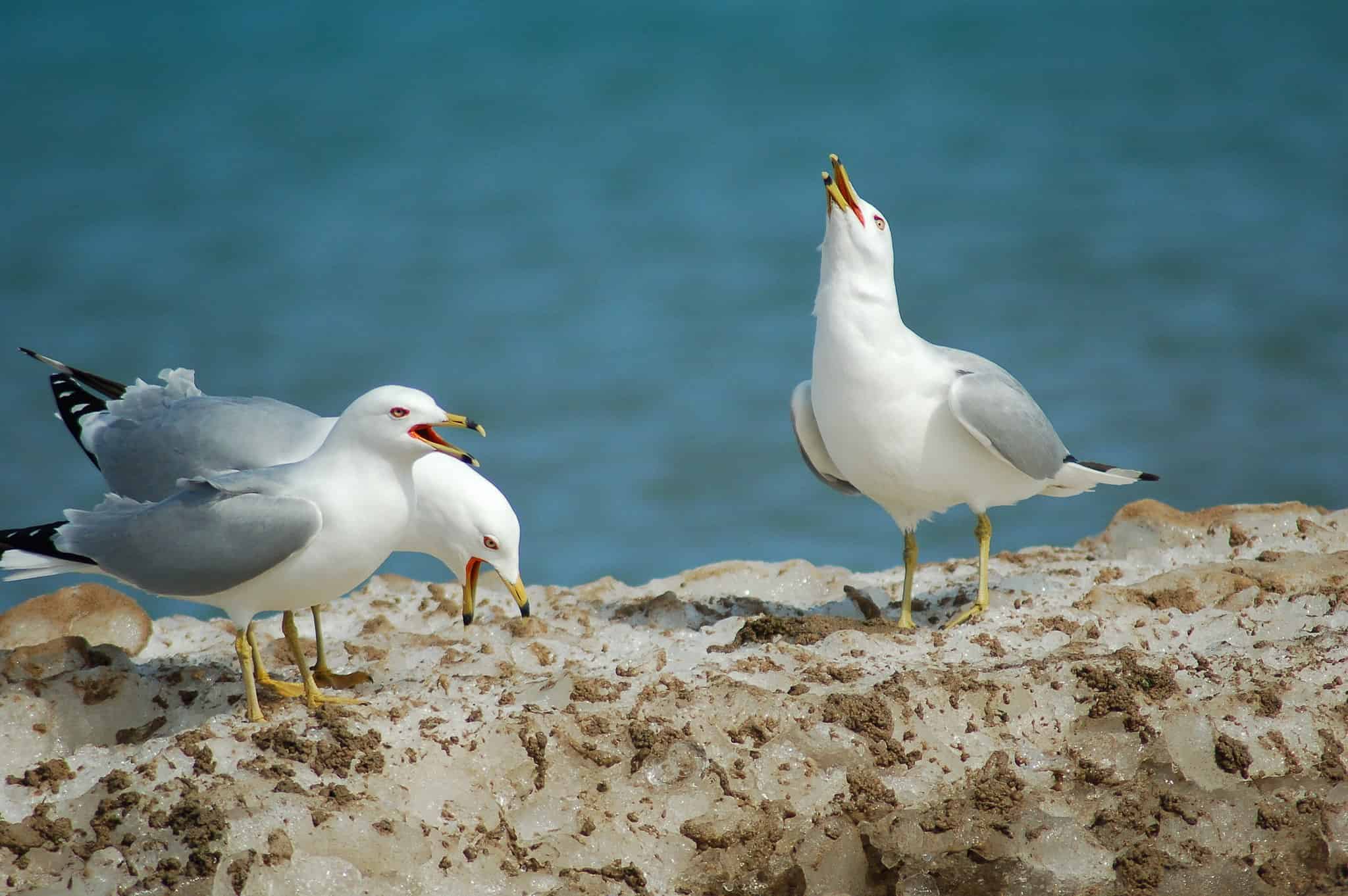Have you ever wondered why seagulls prefer to steal an ice cream, chips, or a sandwich from us instead of things we wouldn’t mind losing? A new study has found that seagulls watch what humans are eating and then mimic their choices. The researchers said this is a sign of intelligence, as the animal had to learn to engage with humans in order to obtain food.

There are many different species of gulls, but the ones most people think of as seagulls are called herring gulls. They are the species most likely to nest in houses and steal food. Although it seems there are plenty of them, their population is largely decreasing around the world due to changes to the marine food supply and climate change.
Gulls obtain food after watching others flock to a food source, suggesting a strong role being played by social learning. In urban populations, there’s also evidence that they can obtain foraging information from humans. Studies have found gulls adapt their foraging behavior to human activity patterns and focus their attention on people with food.
Researchers from Sussex University wanted to better understand herring gulls’ broader observational skills and cognition. For this, they studied a group of gulls on the beachfront of the city of Brighton in the UK for a few months in 2021 and 2022. They found that seagulls are excellent social learners with a higher-than-expected level of cognition.
Seagull’s intelligent behavior
For their study, the team showed blue and green packets of chips to groups of herring gulls. One of the researchers sat on the ground five meters away and either watched the gulls or took packets from his bag and ate them. Almost 50% of the birds loomed over the packets when the researcher was eating, compared with 19% when they weren’t.
But that’s not all. When the gulls approached and ate from the packets, they chose the same color as the researcher’s packet 95% of the time. This shows that gulls watch humans and the food options they select, and then use that knowledge to define their own food choices. In other words, a sign of how intelligent these animals are.
“Subjects were able to read human behavior and make a connection between a stimulus on the ground and that held by the experimenter, allowing gulls to make foraging choices influenced by human behavior,” the researchers wrote in their paper. “This study further extends our understanding of gulls’ cognitive capabilities.”
Lifetime learning plays an essential role in this process, the researchers said. Gulls learn to identify valuable food sources from other gulls, and juvenile individuals improve foraging skills as they mature. Interest in human food can also be influenced by a higher pressure on adults to exploit resources during the breeding season, they said.
Madeleine Goumas, an expert on herring gulls who was not involved in the study, told The Guardian that the study shows gulls are learning about the type of foods humans eat. “Knowing this may have implications for how we reduce negative interactions between humans and gulls, as we seem to be inadvertently teaching gulls to exploit new food items,” she said.
The study was published in the journal Biology Letters.


